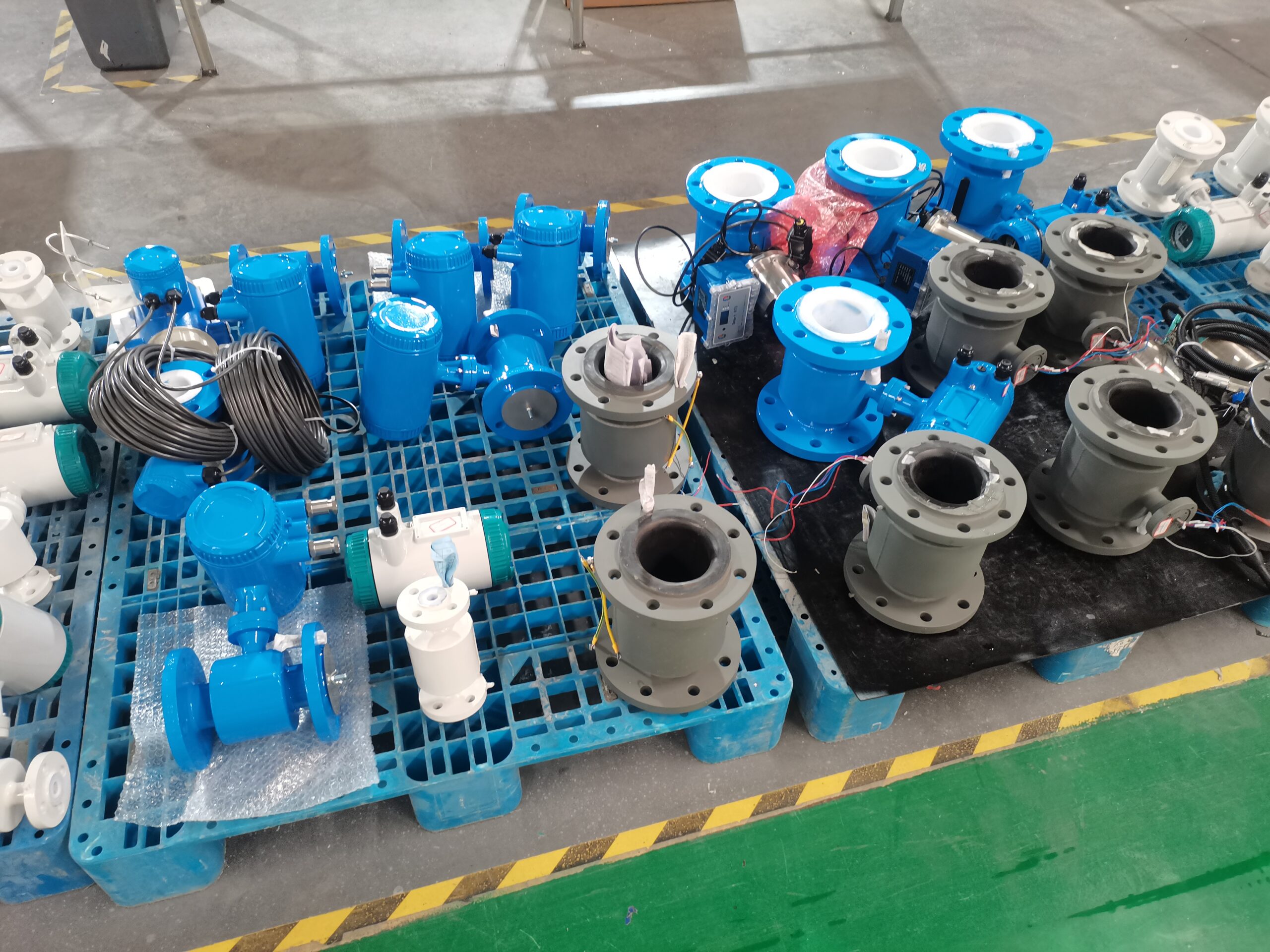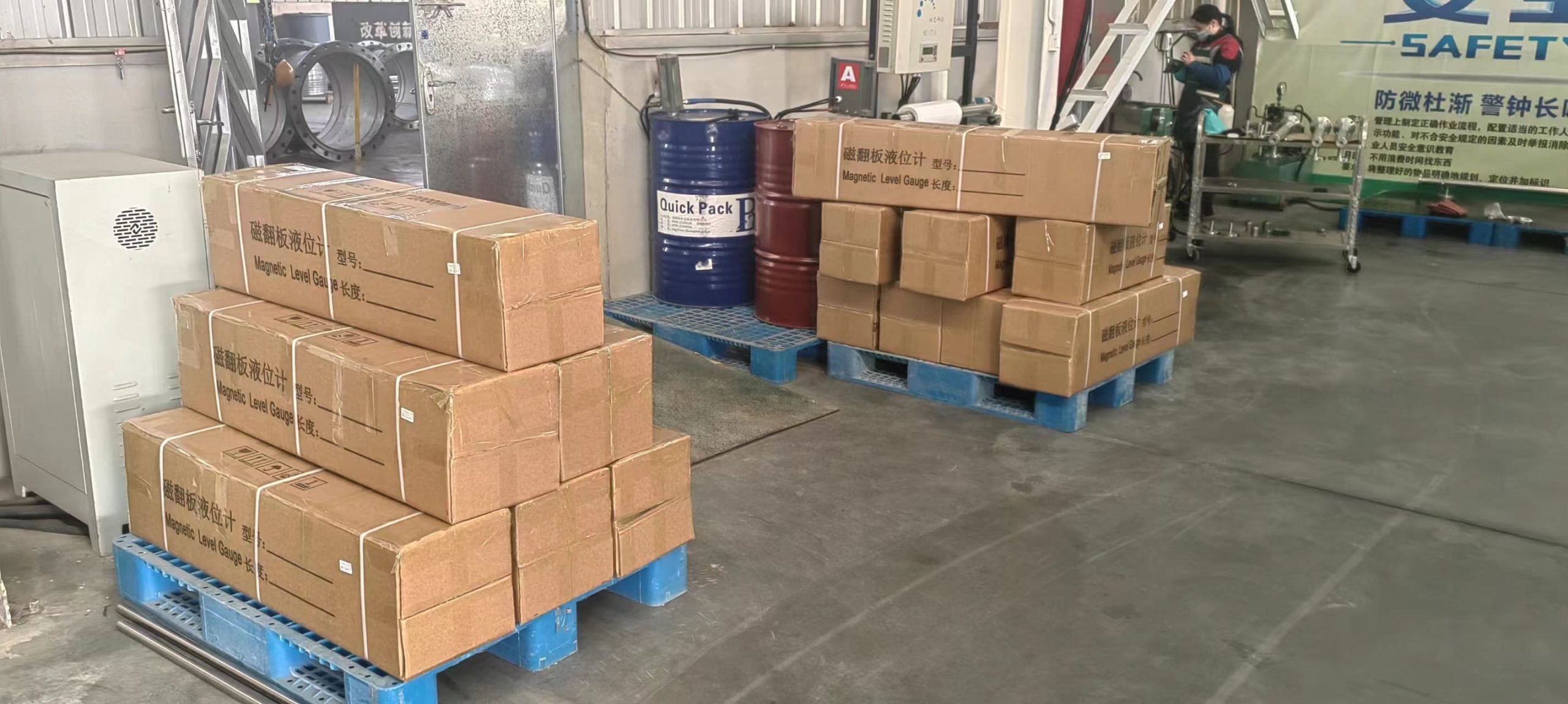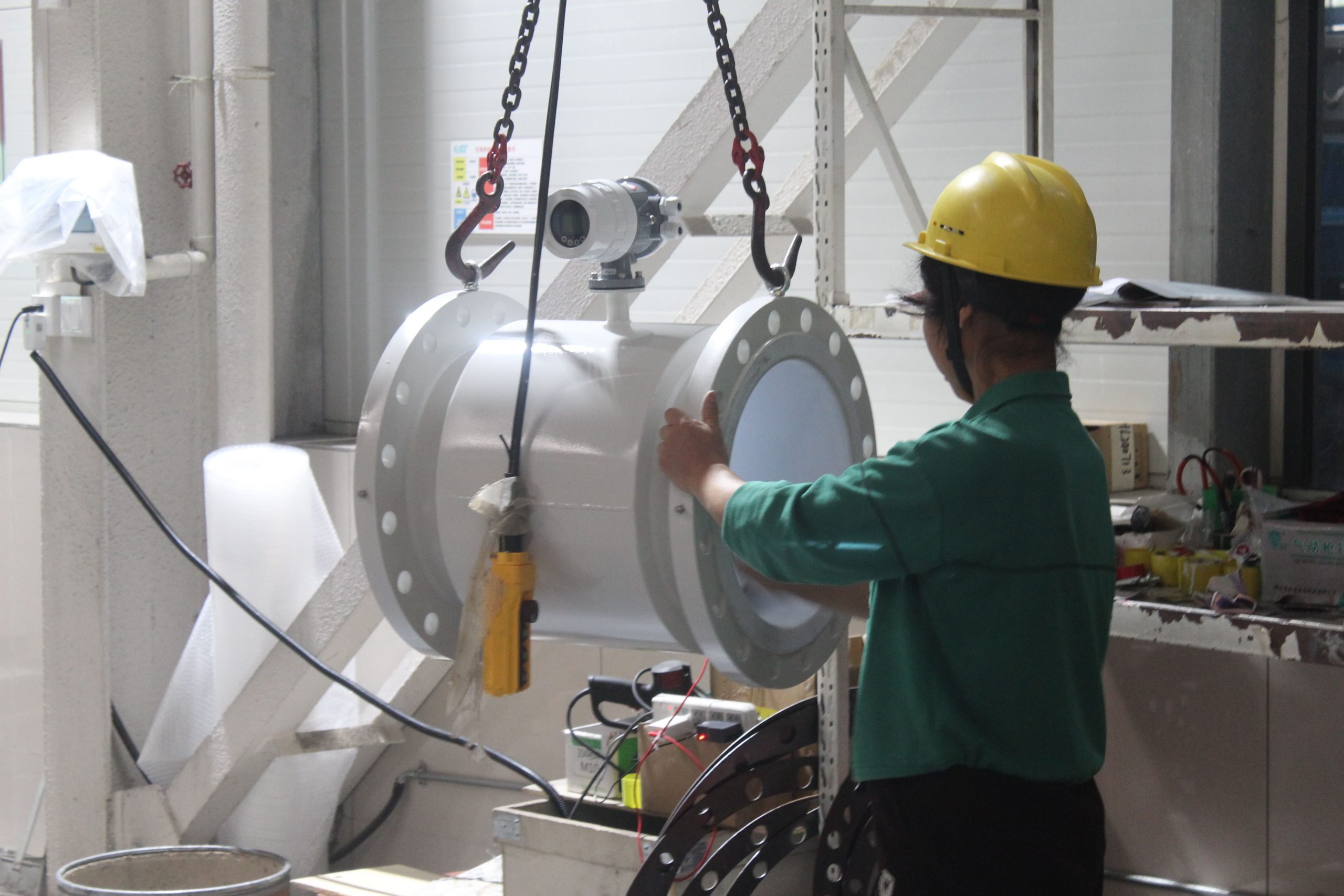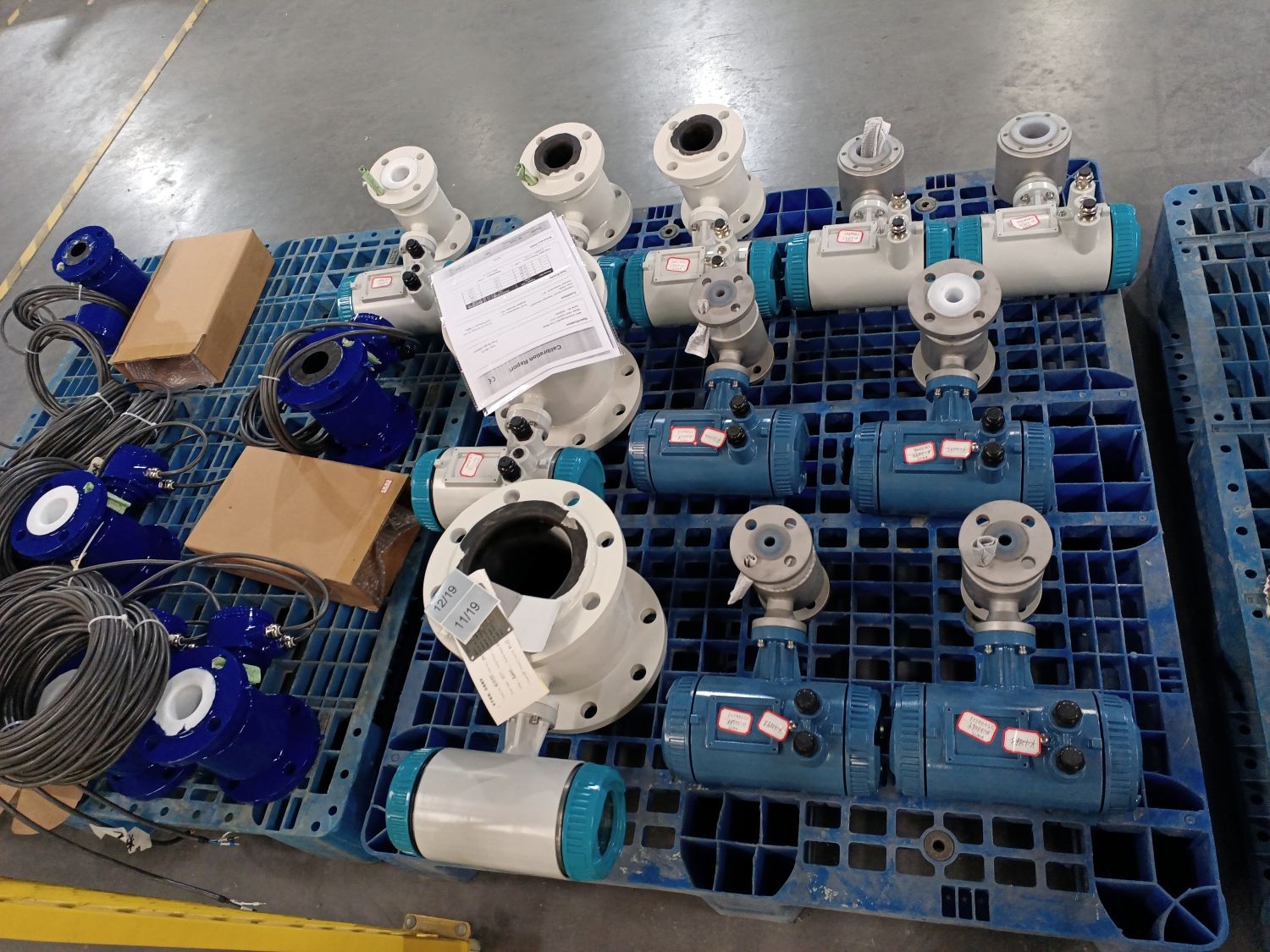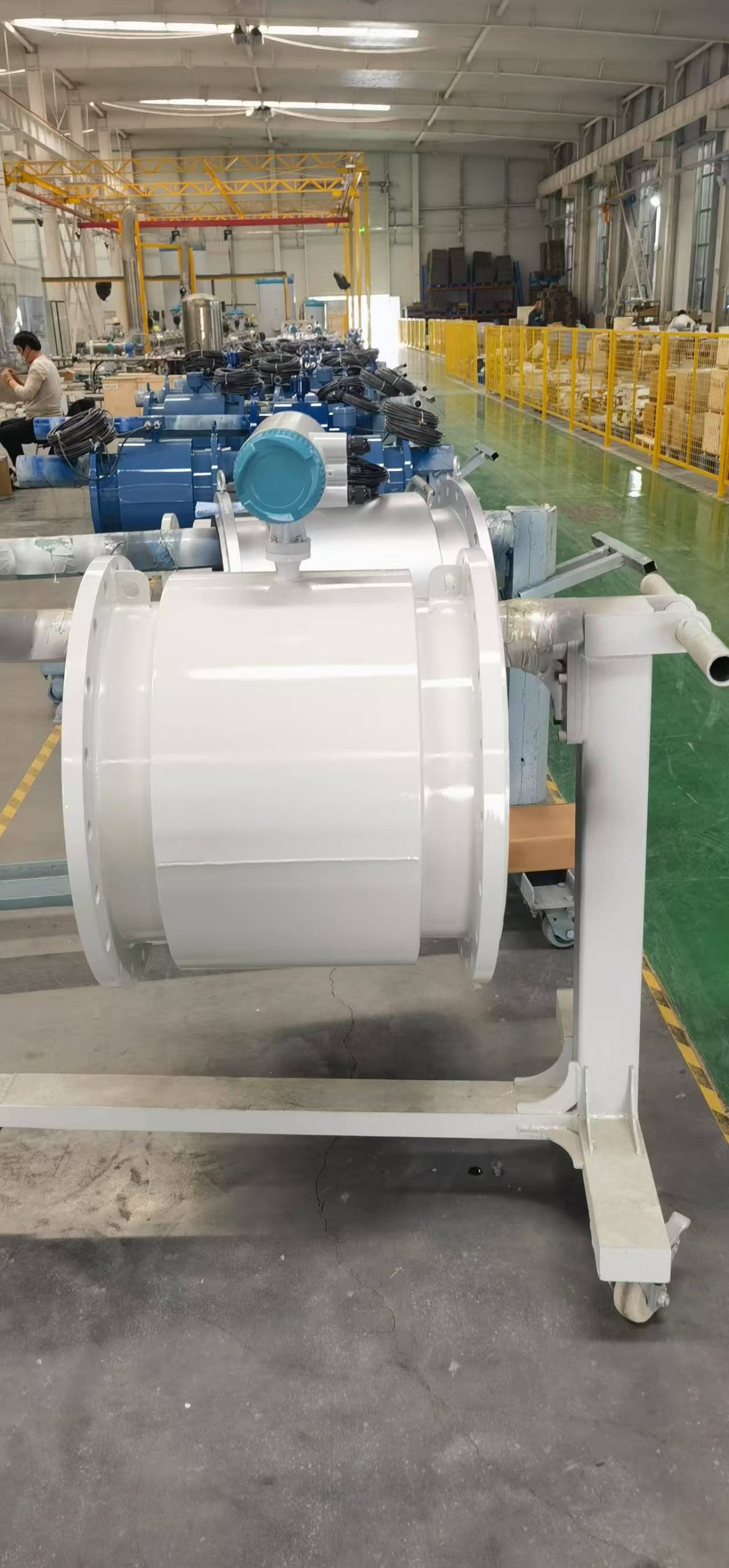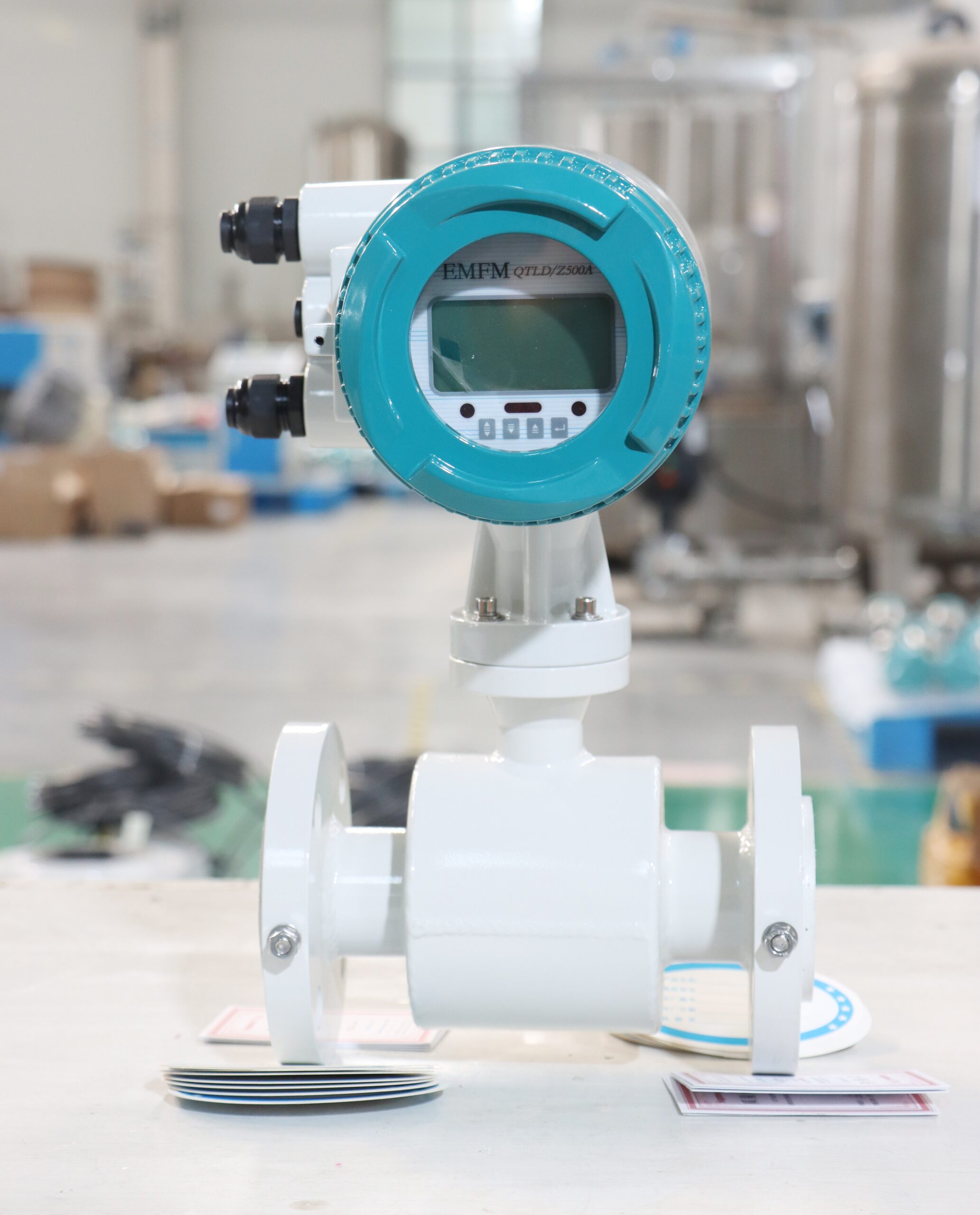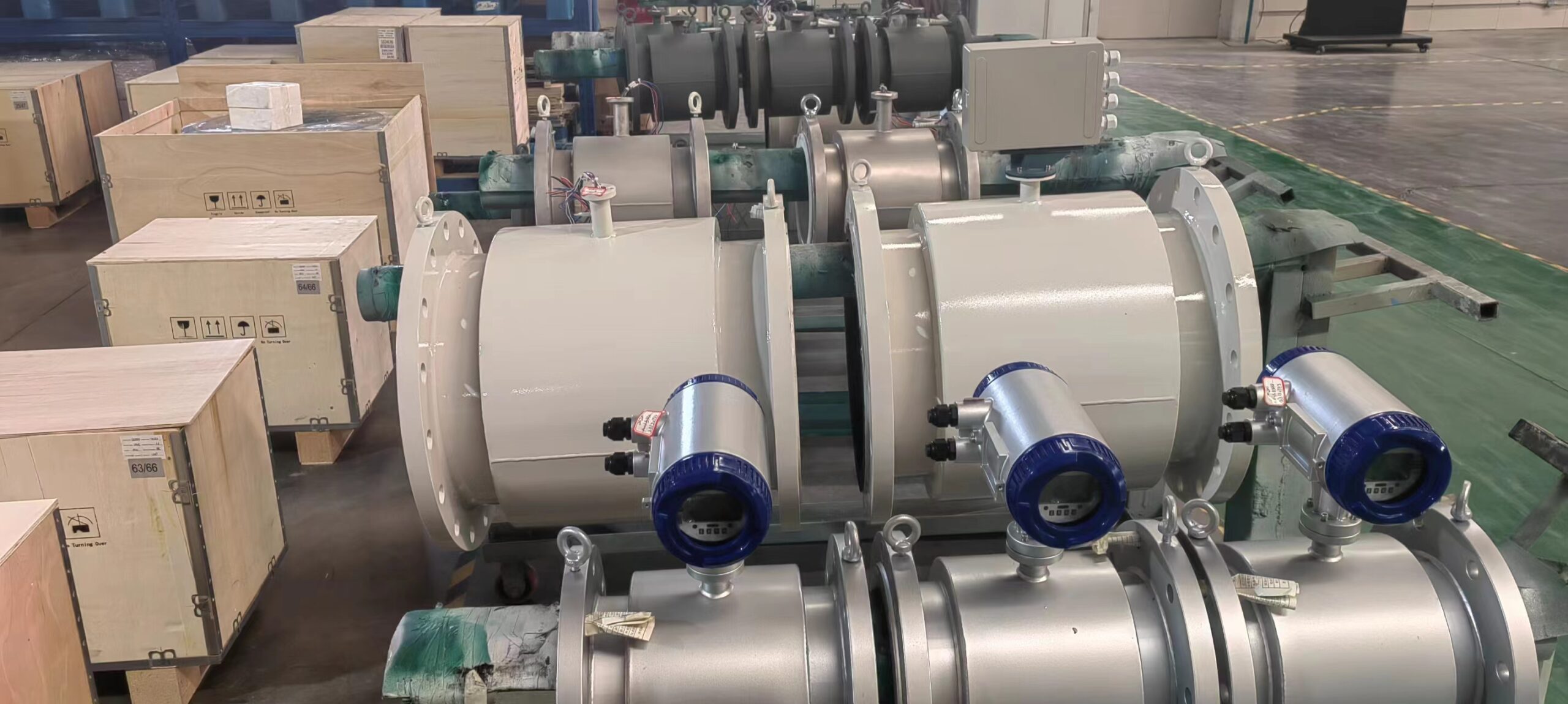What are the factors that affect the accuracy of the plug-in electromagnetic flowmeter
For the pipeline supporting the electromagnetic flowmeter, the factors affecting the accuracy of the plug-in electromagnetic flowmeter are mainly the length of the straight pipe section and the inner diameter of the pipeline:
1, the length of the straight pipe section: the plug-in electromagnetic flowmeter is a plug-in instrument, it can only measure the flow rate in the direction of several points in the pipeline to calculate the flow, with the nature of sampling.
If the required accuracy is high, and the straight pipe section can not meet the design requirements, the flow rate distribution in the pipeline can not be symmetrical to the axis of the concentric circle, only the diameter direction of the flow rate can not fully reflect the flow rate distribution of the entire section, therefore, must have strict requirements for the flow rate distribution, the straight pipe section should have 15-25 times the length of the inner diameter of the pipe, so as to fully develop turbulent flow. Because the uniform klystron is mostly used for large pipe diameters, it is generally difficult to ensure such a long straight pipe section on site, so the accuracy is difficult to improve, but as long as the flow is a steady flow, that is, the flow velocity distribution is stable and does not change with time, only the accuracy of several velocity measurements is poor, but the repeatability is good.
2, pipe diameter: few users carefully measure the pipe diameter. According to the provisions of the international standard ISO7145, in the case of unable to measure the inner diameter, it is also allowed to determine the inner diameter of the pipe according to the outer circumference of the pipe and the estimated wall thickness, so that the inner diameter is difficult to be accurate. In addition, it is also necessary to consider the corrosion of the inner wall of the pipeline, scaling, condensate and other factors, the error of the inner diameter of 1~2mm is common, and the impact on its flow can not be ignored.

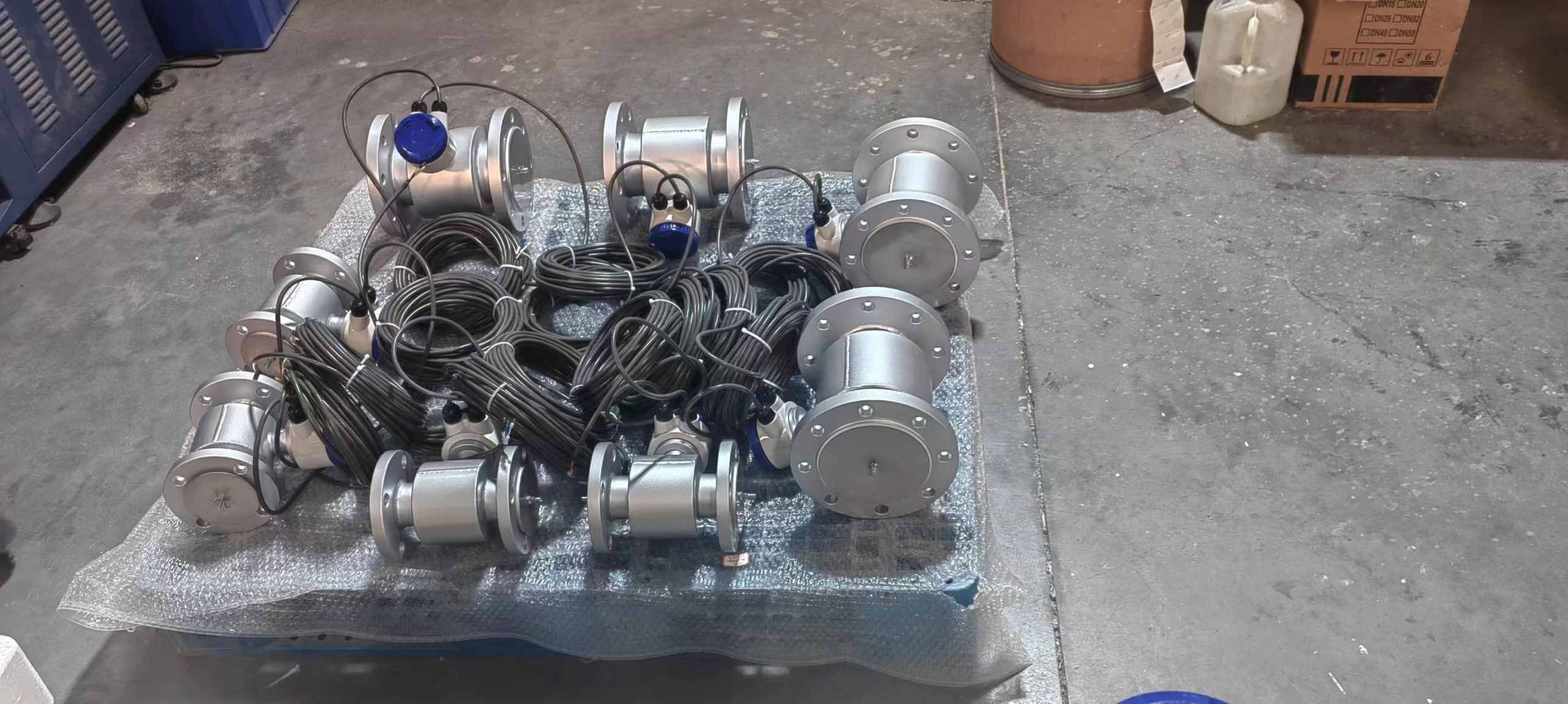
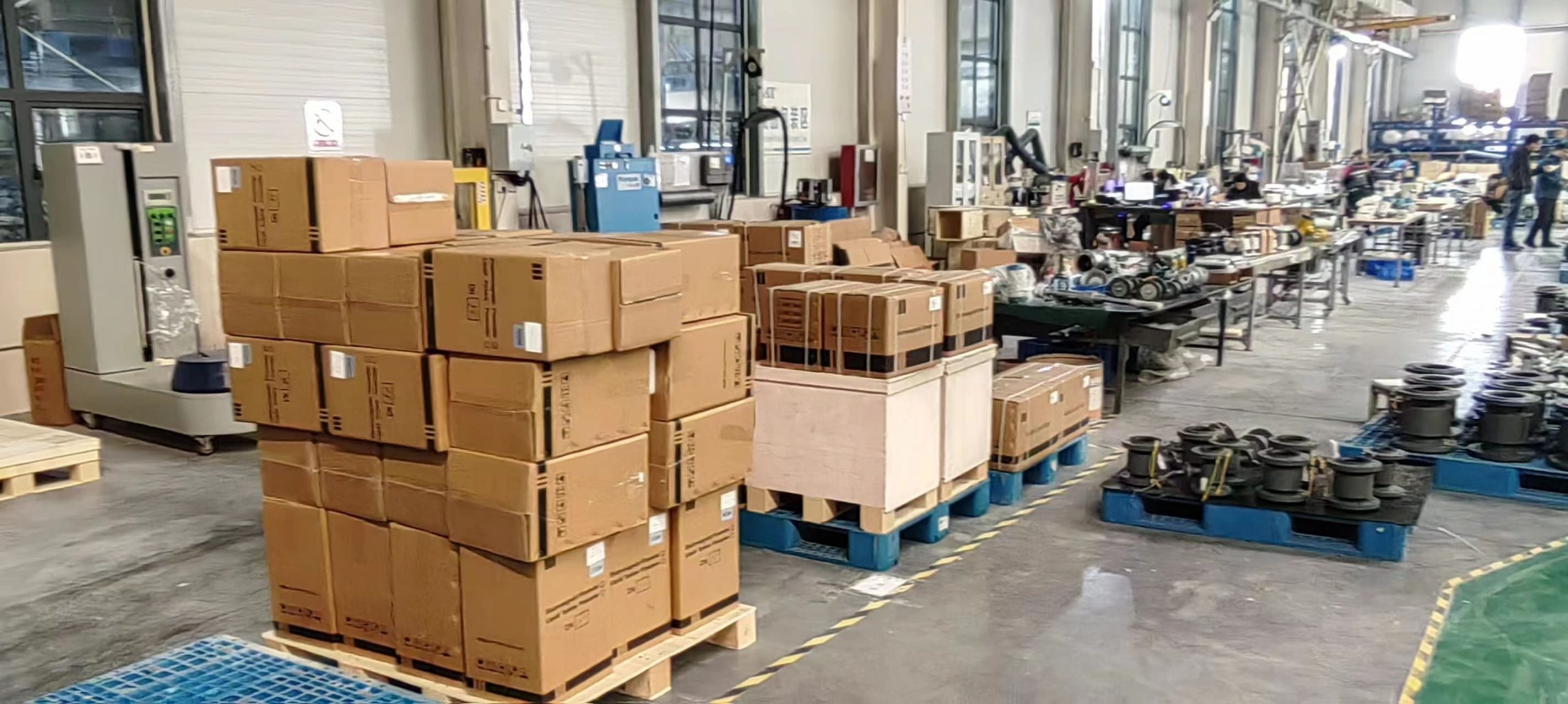
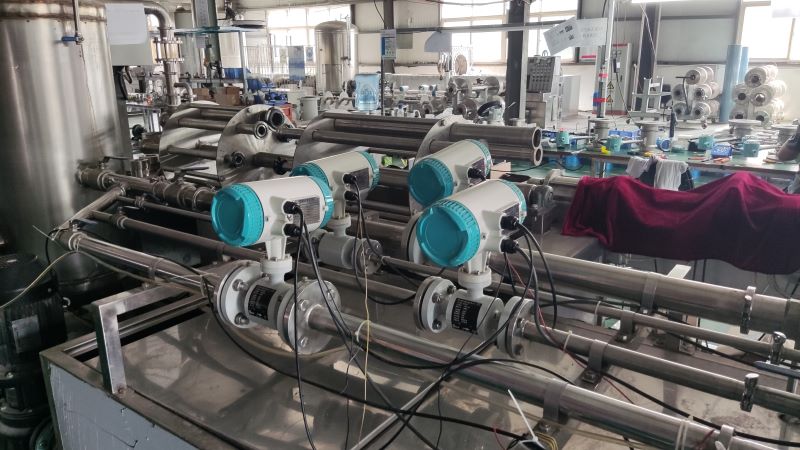
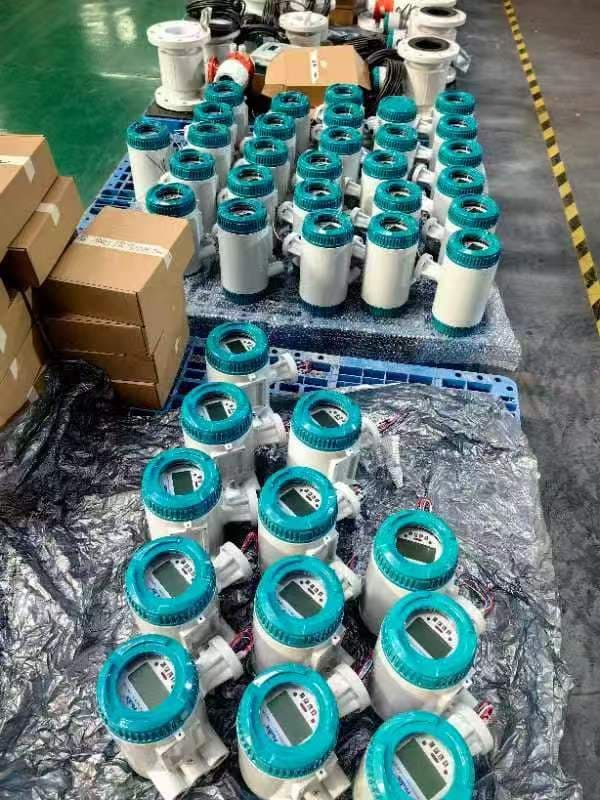
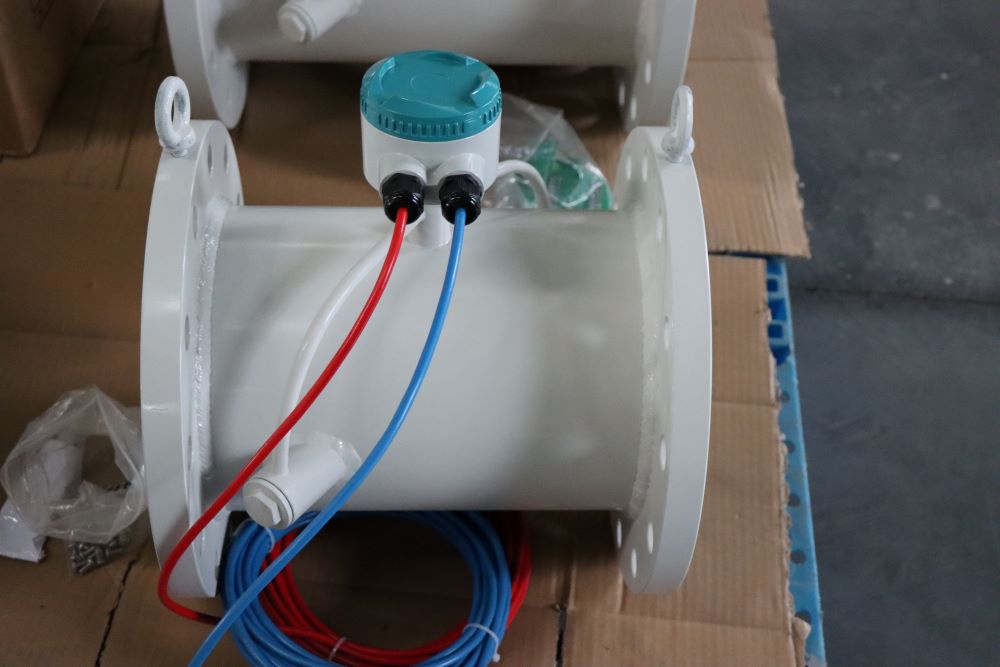

-.jpg)
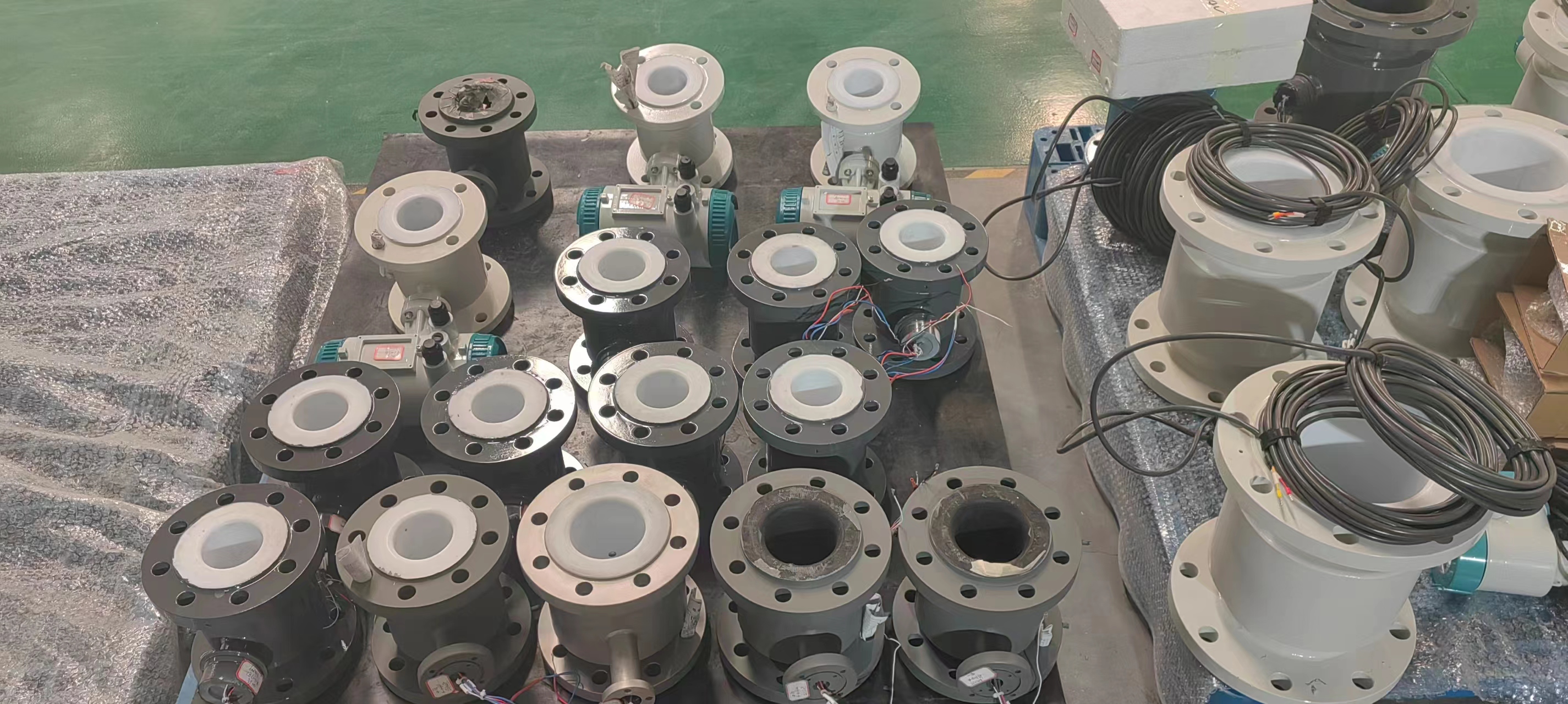

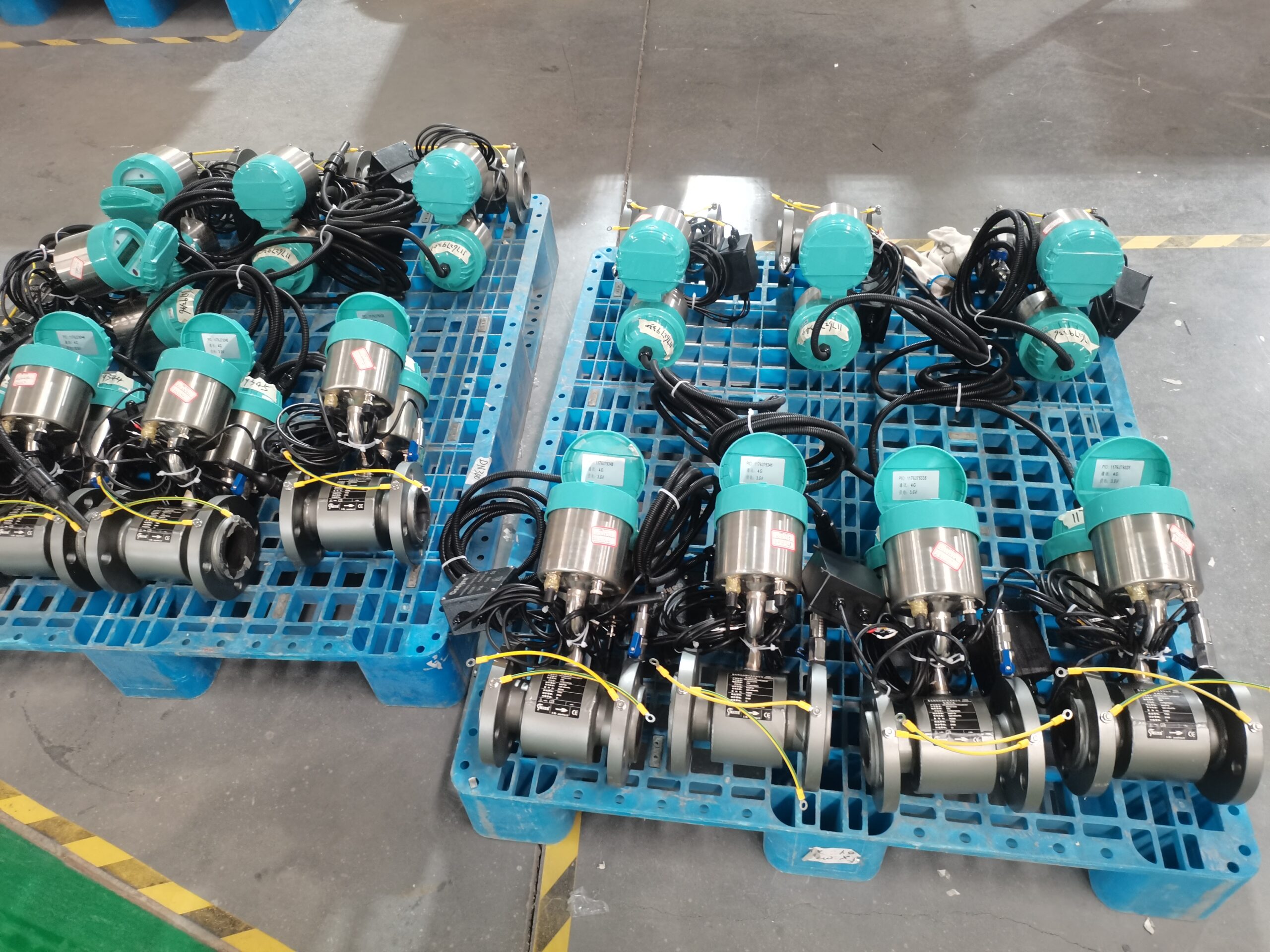
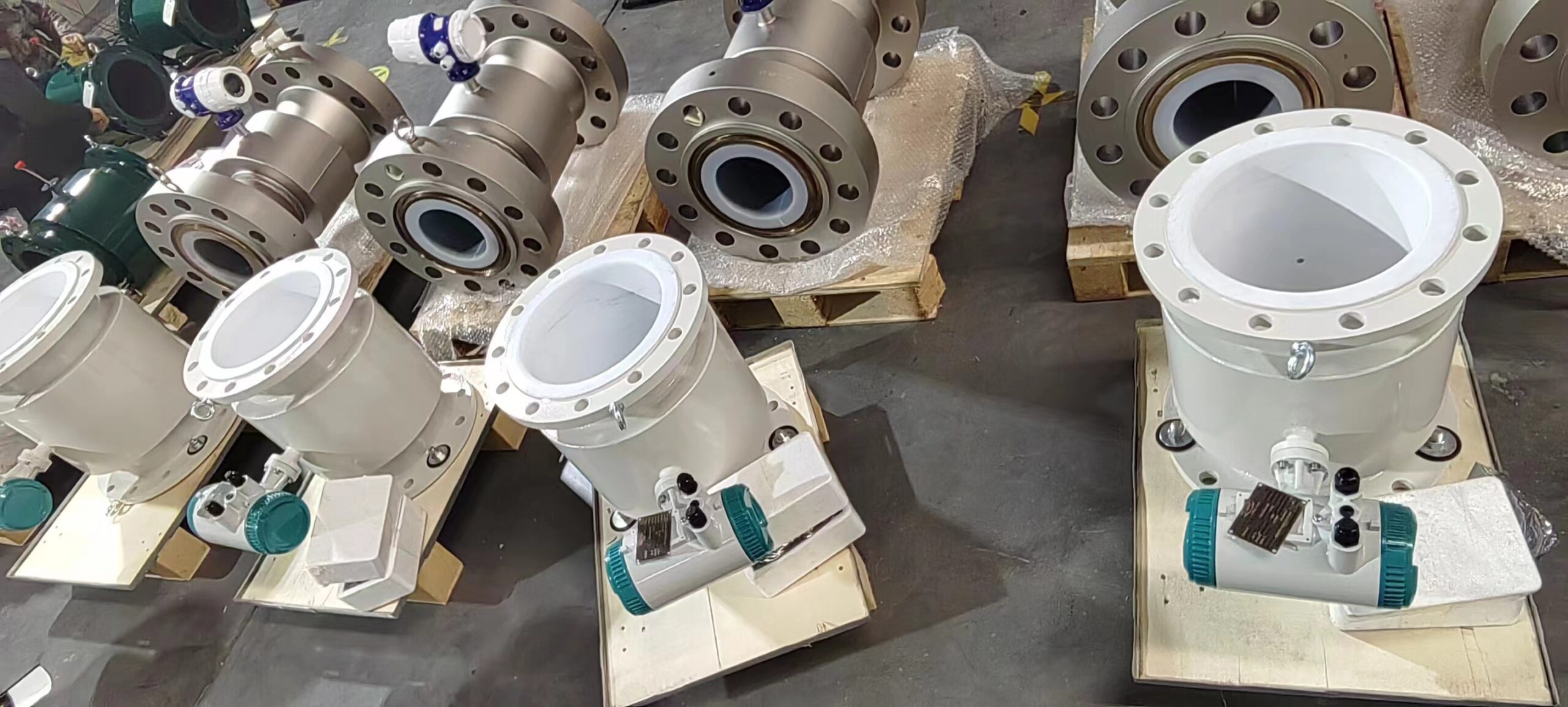
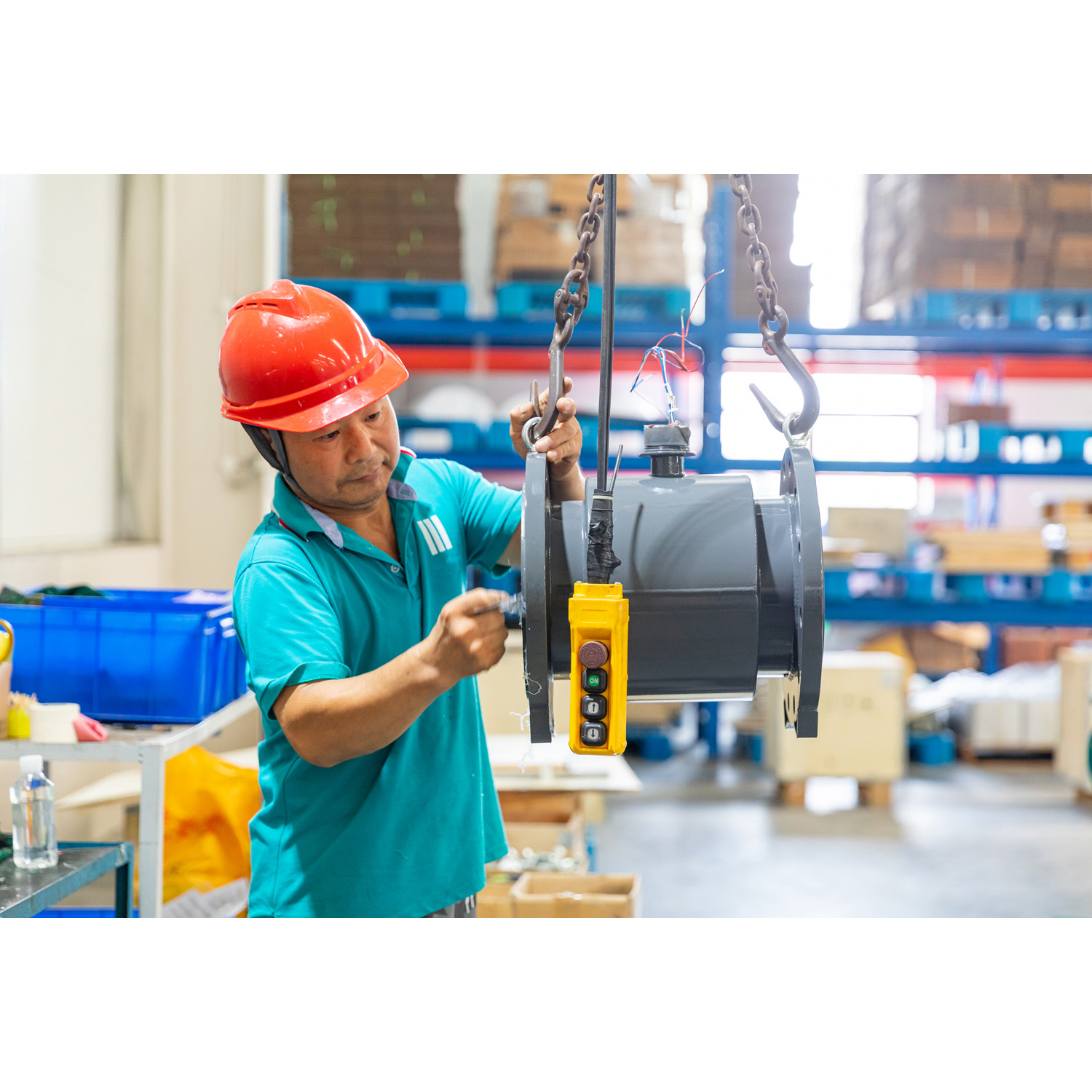
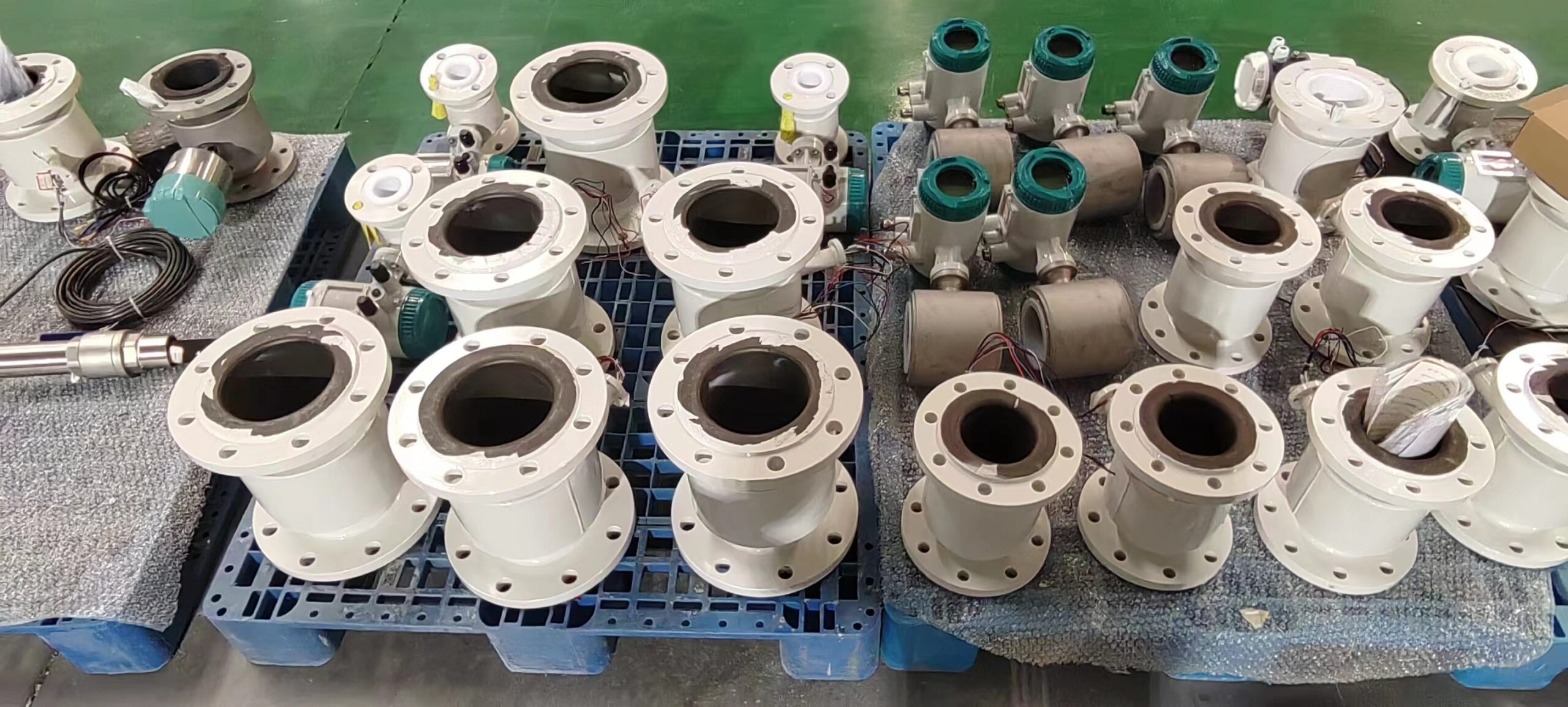
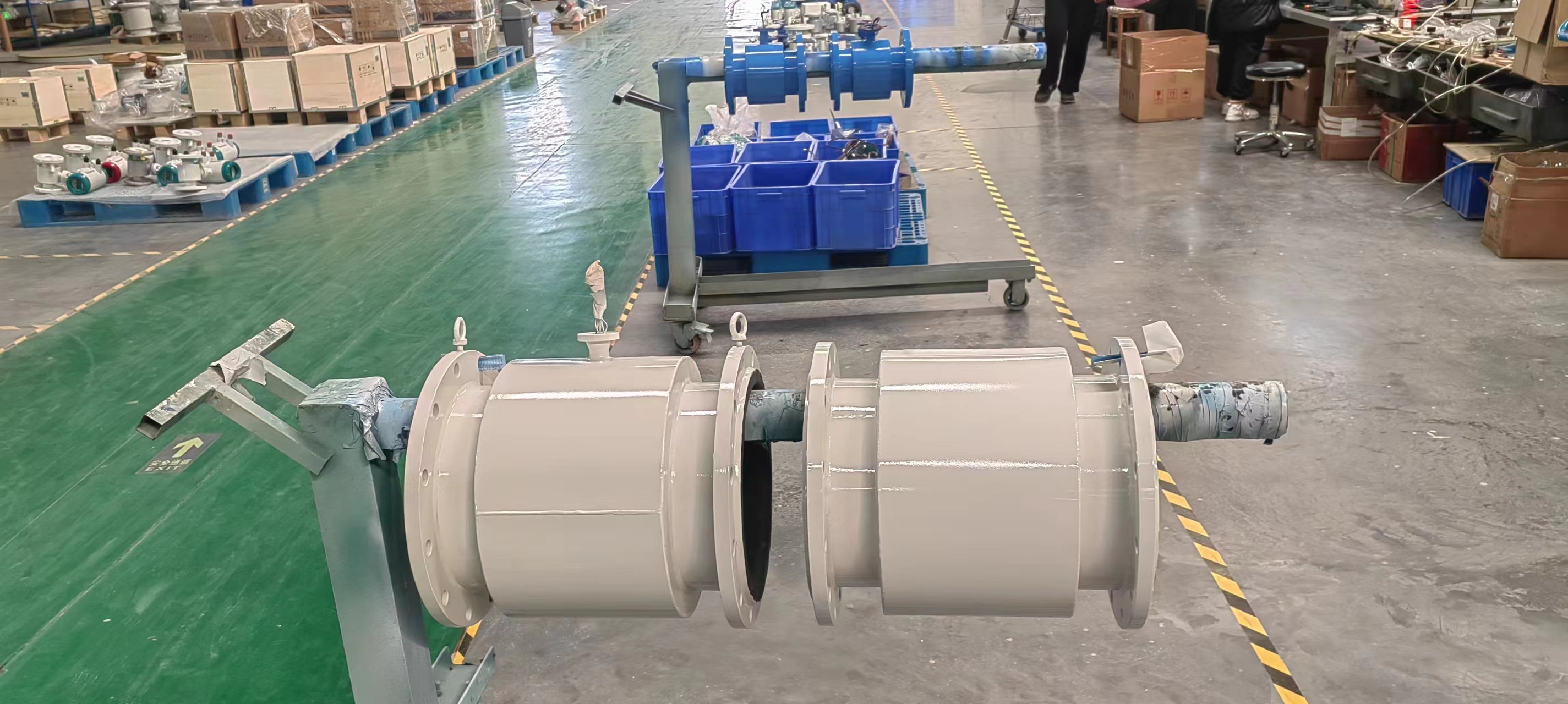
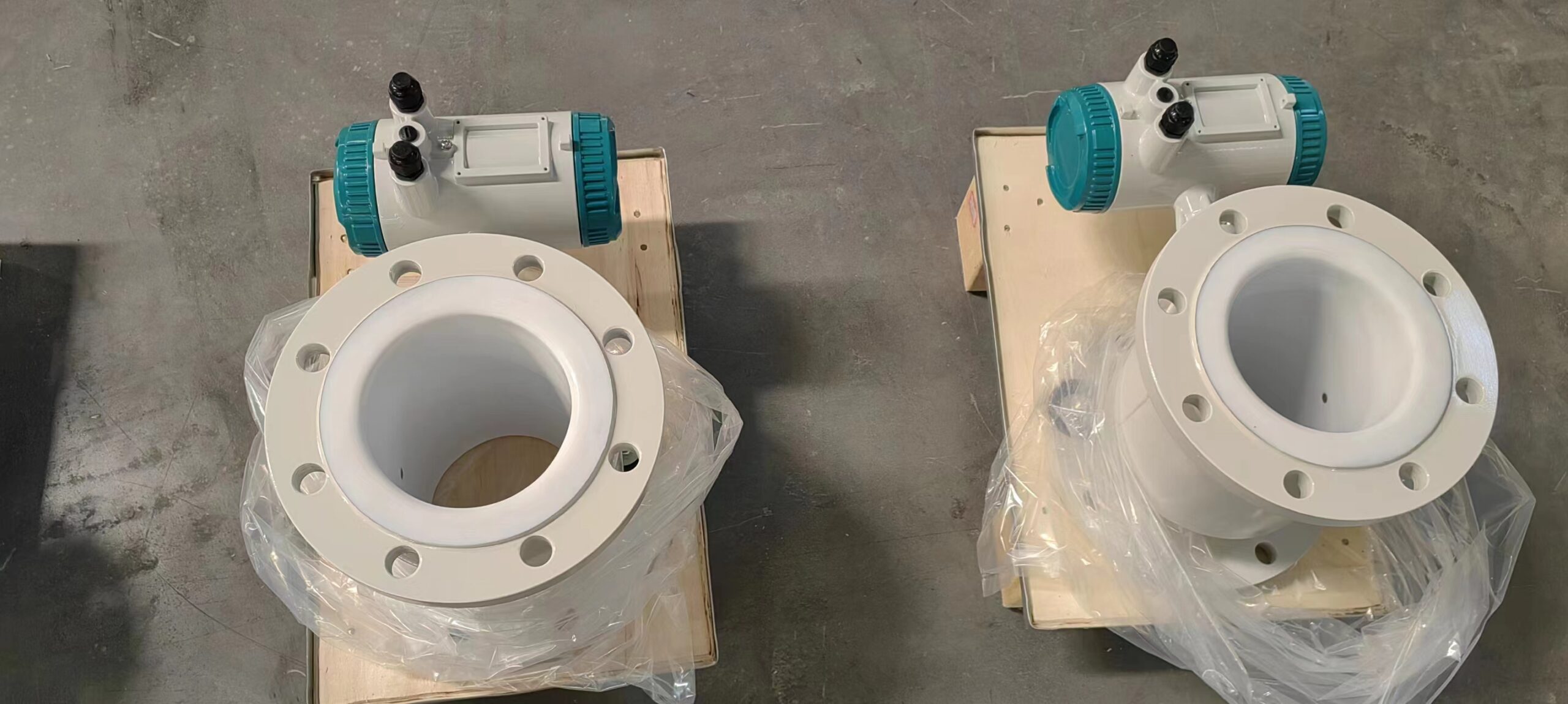
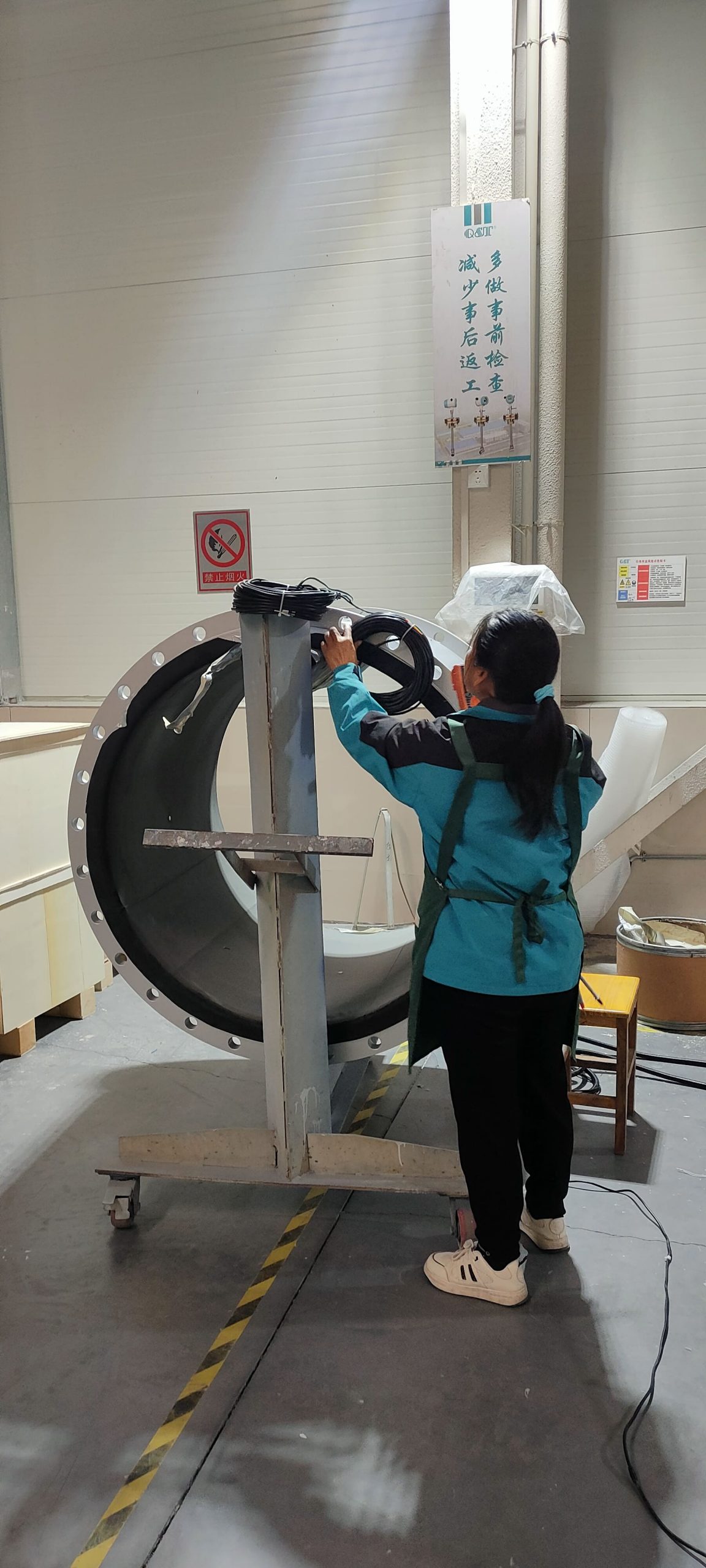
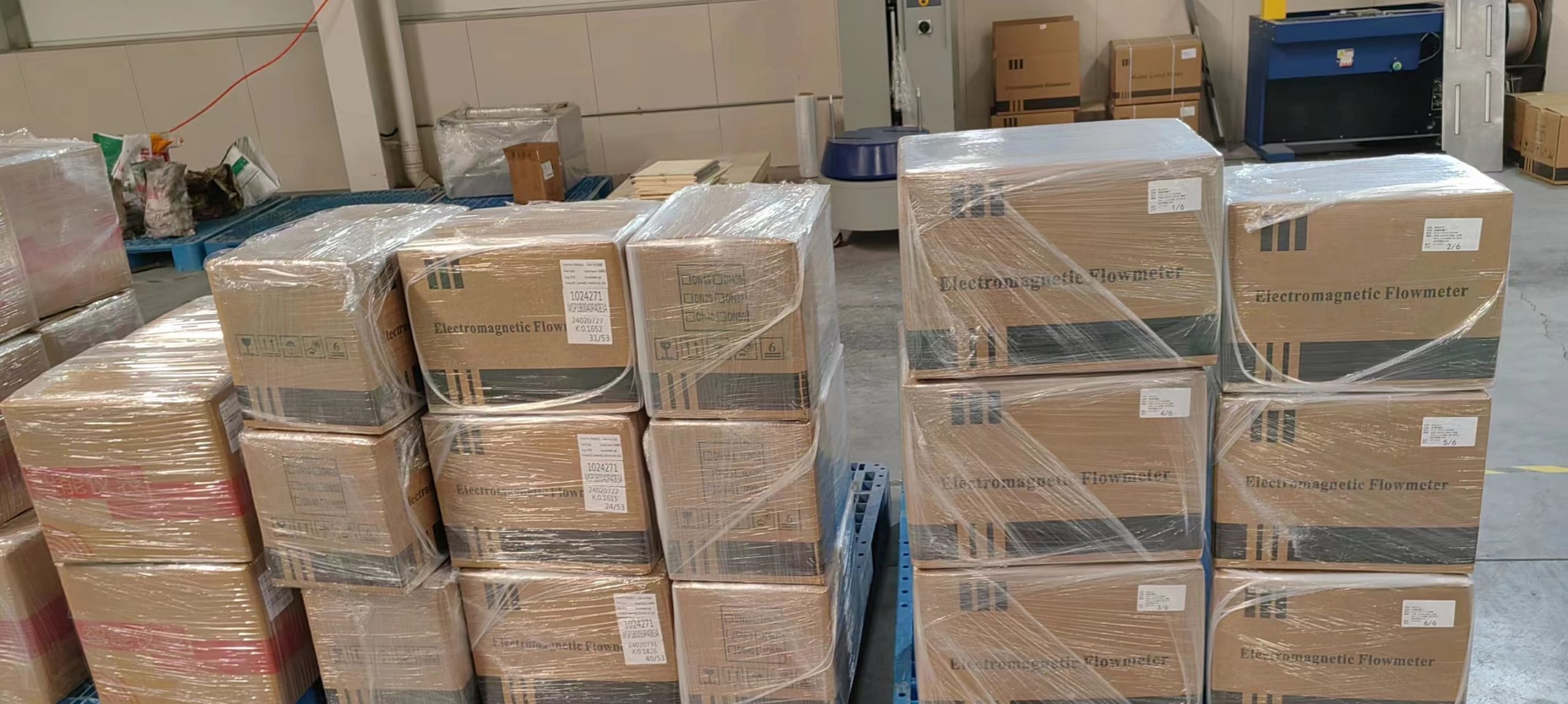
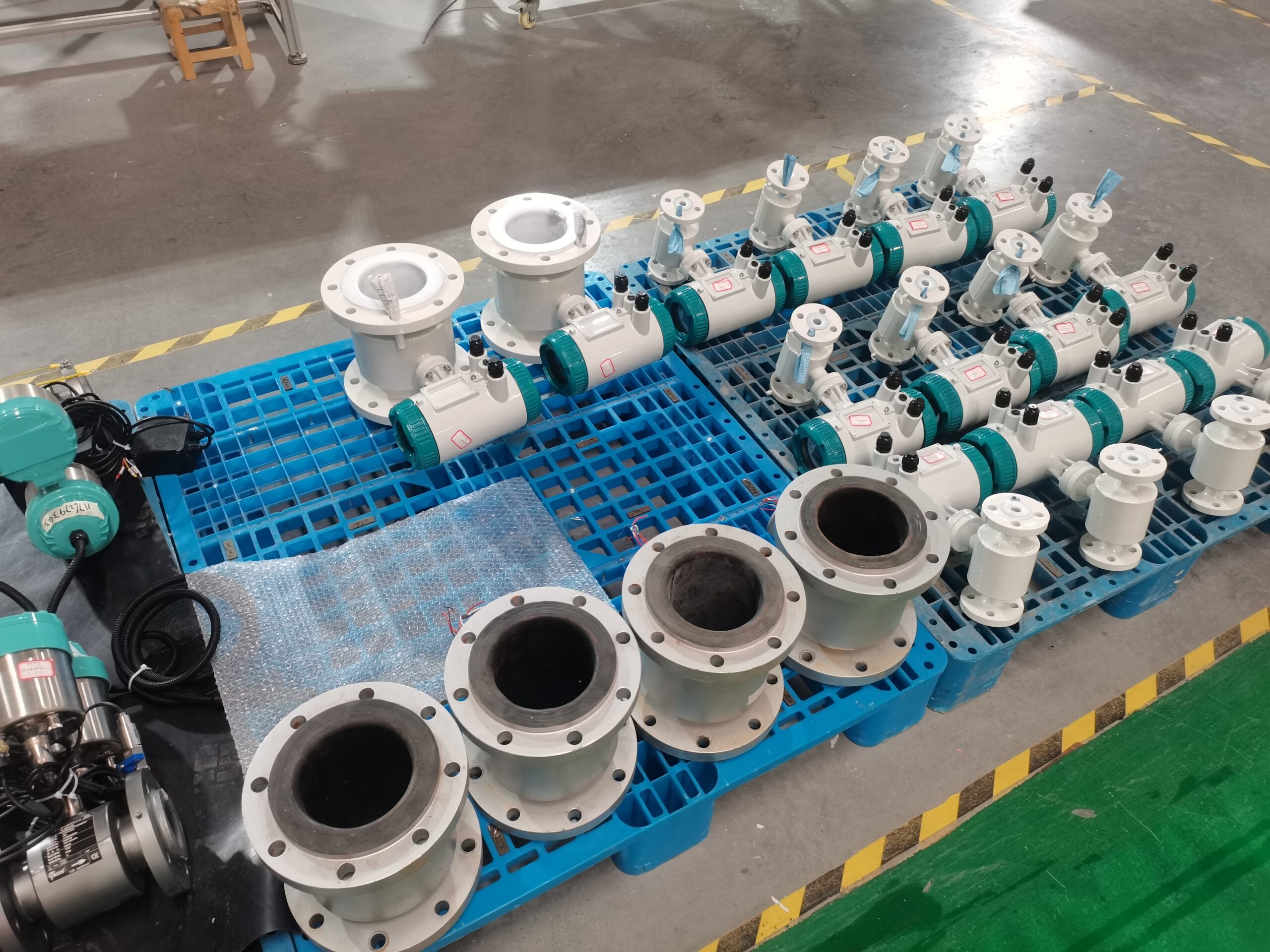
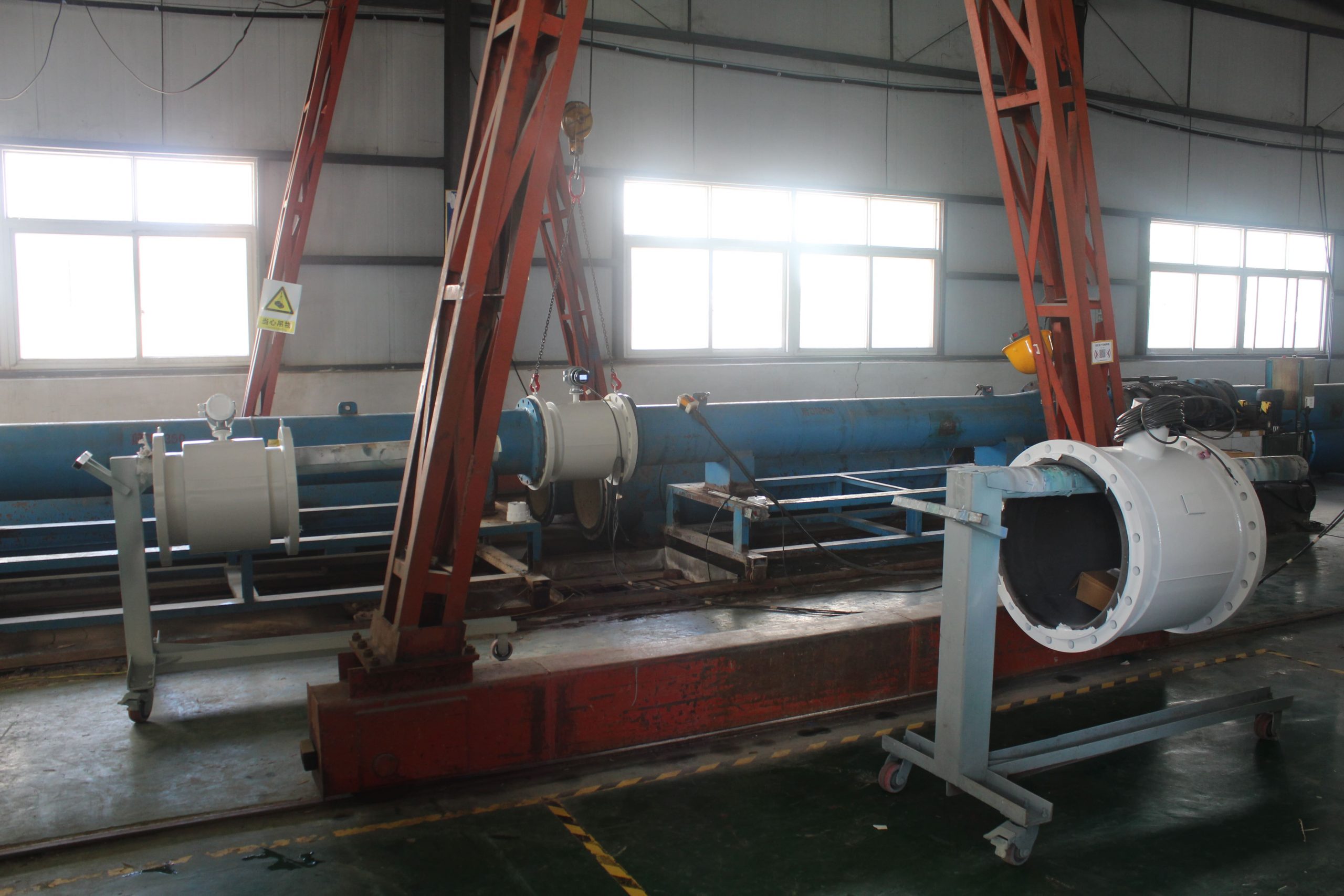
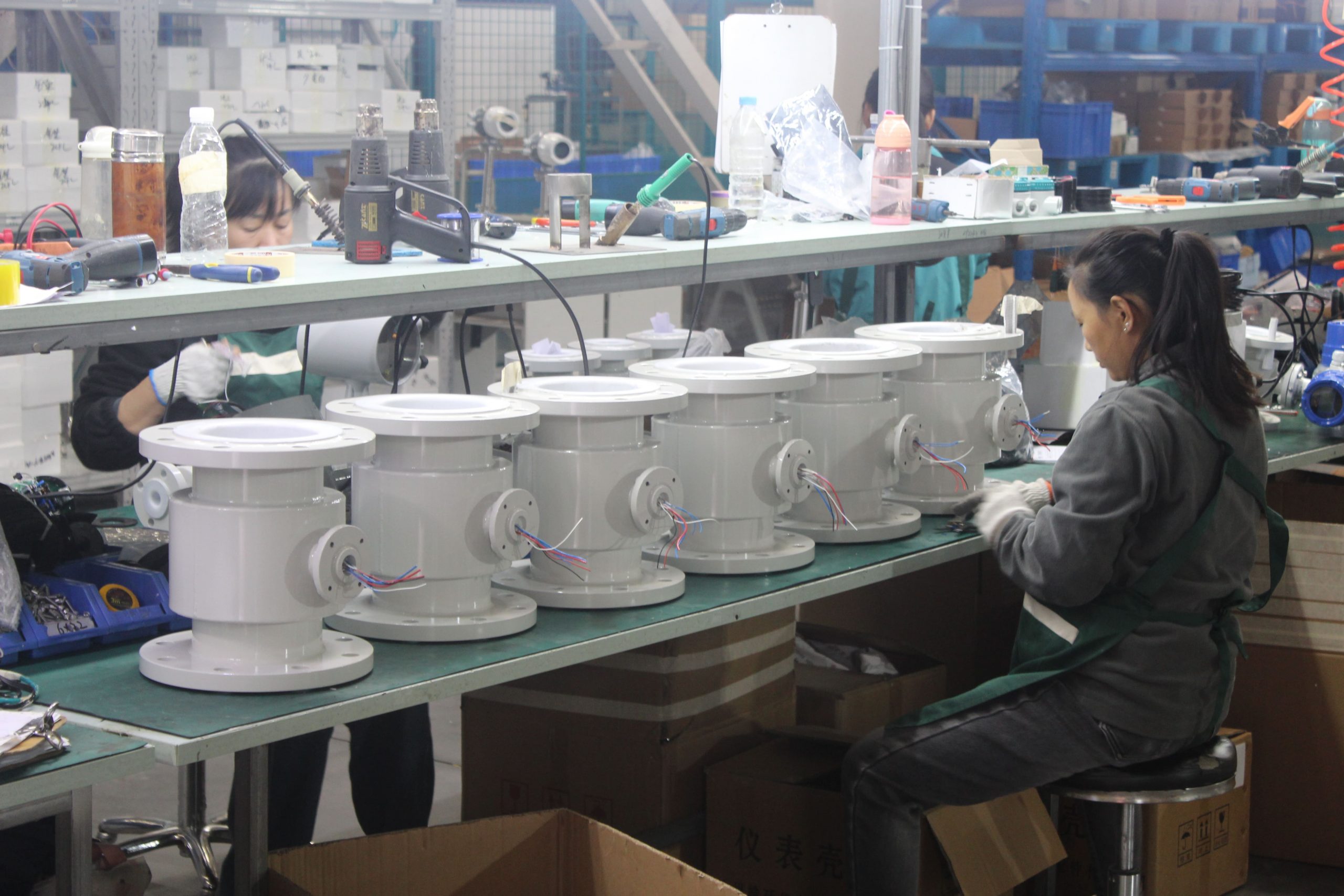
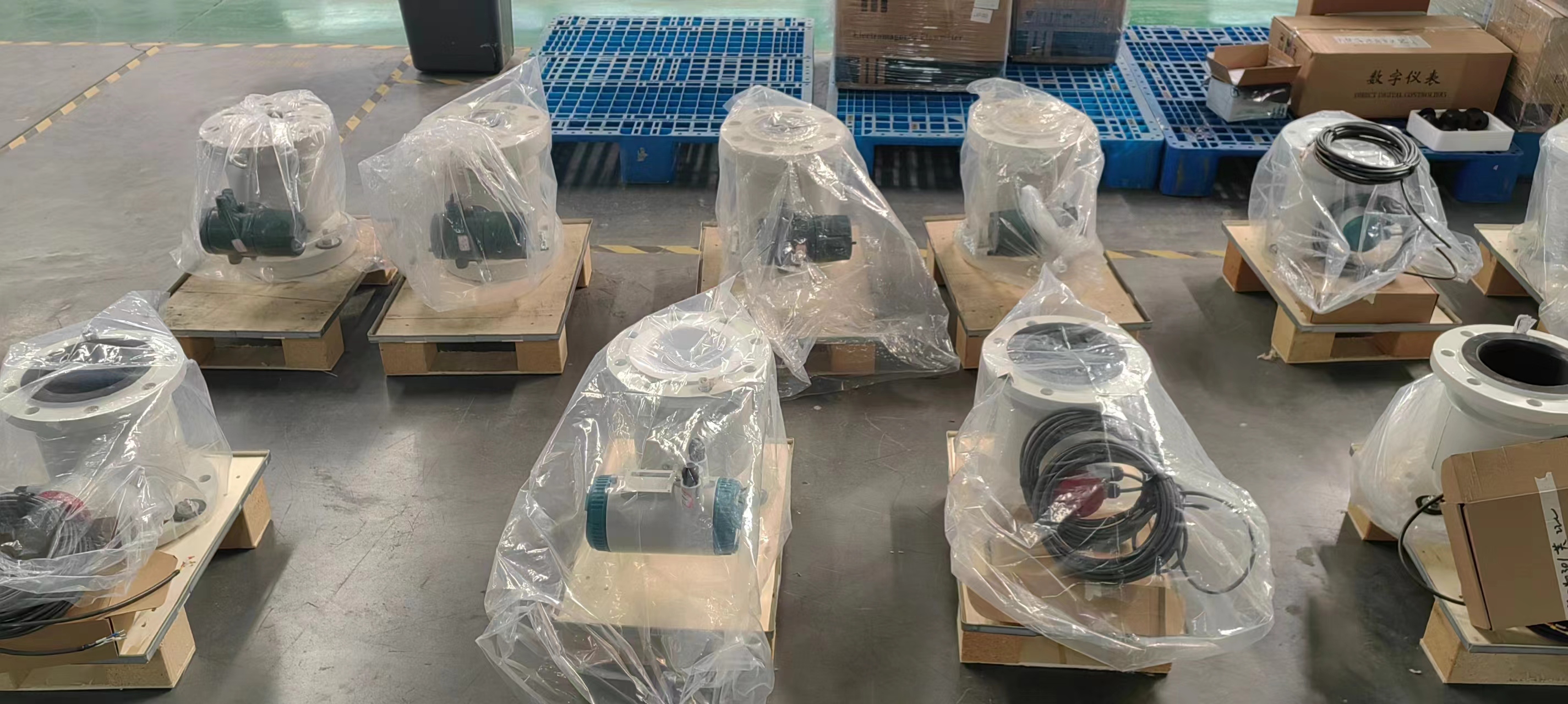
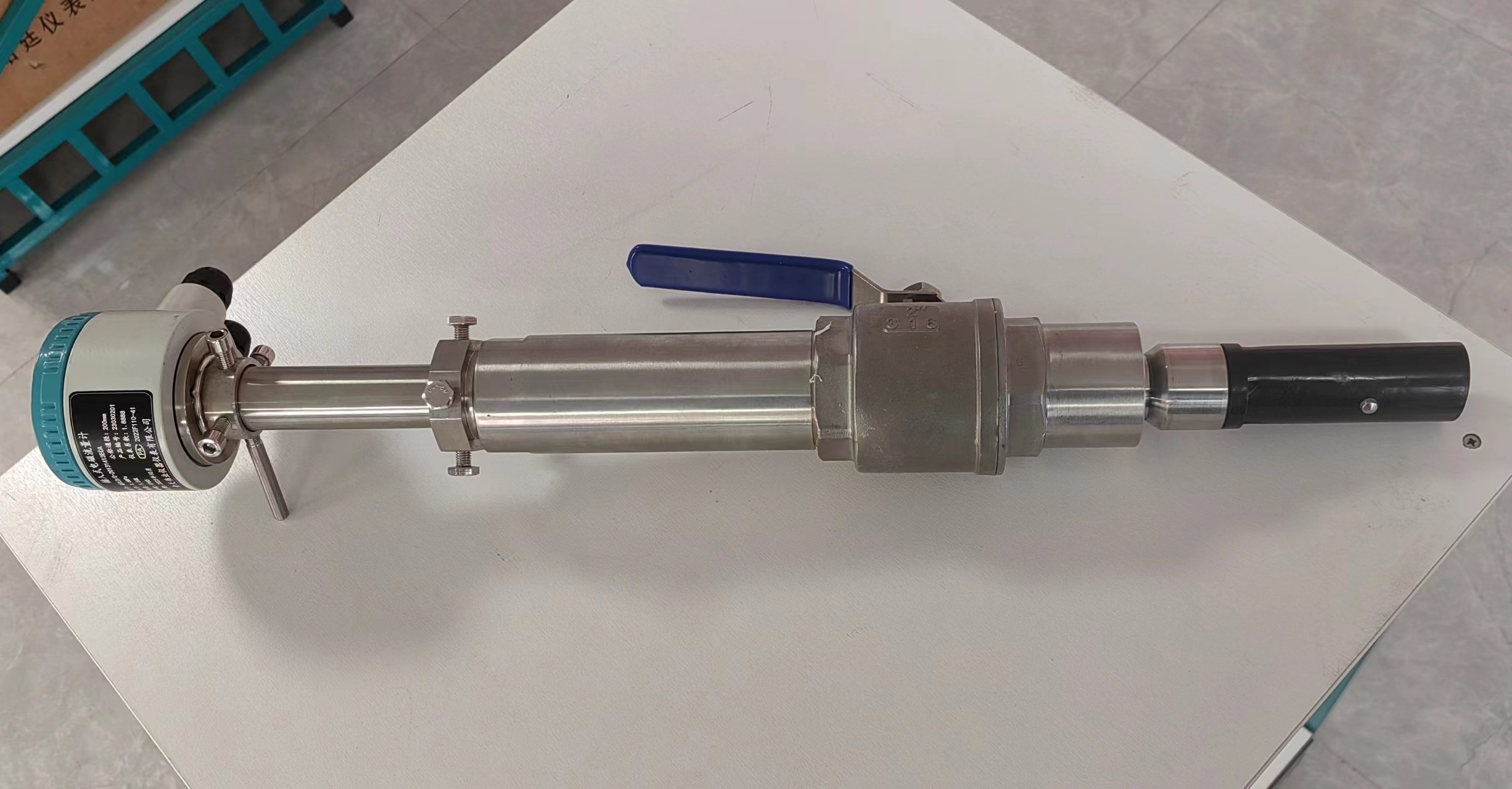
-.jpg)
